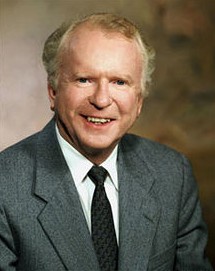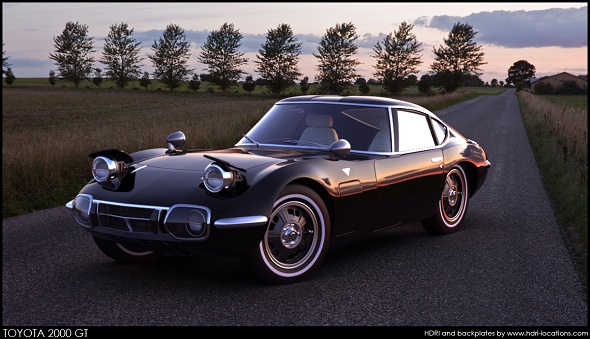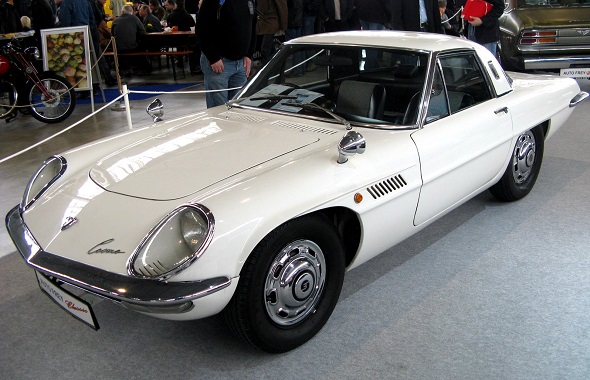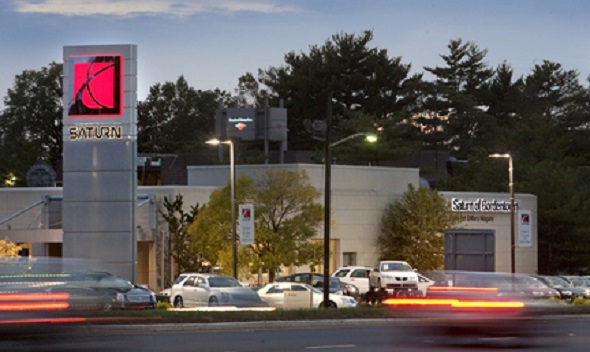 As I discussed in my last post, in the 1980s when Roger Smith was CEO of General Motors and it was the largest industrial enterprise in the world, he made decisions so disastrous they contributed directly to the firm’s bankruptcy and will be studied in business schools for years to come.
As I discussed in my last post, in the 1980s when Roger Smith was CEO of General Motors and it was the largest industrial enterprise in the world, he made decisions so disastrous they contributed directly to the firm’s bankruptcy and will be studied in business schools for years to come.
In this column, I would like to drill down and discuss one specific disaster, because today ISOs can learn important lessons from it.
I’m speaking of the Saturn brand, of course, which was perhaps the biggest individual failure under Smith’s tenure. In fact, some analysts have concluded that GM took as much as a twelve billion dollar loss with the Saturn franchise.
How could this have happened, and how can you make sure it doesn’t happen to your business today?
Who Needs Cars When You Could Have Commercials?
Back in the 1970s when the British owned the motorcycle industry, Honda released the CB 450 and CB 750 motorcycles. The market immediately discerned that Honda was the only motorcycle manufacturer producing a bike that did not leak oil and that did not break down and that did not require constant maintenance.
And that was all it took to put the British motorcycle industry effectively out of business.
The same thing happened in the car business in the 1980s. Set your Wayback Machine to around 1980 and even casual observers could see that the Japanese manufacturers were taking market share from GM in a big way.
And it wasn’t because of some flashy fad. Just the opposite. In fact, the cars coming from Datsun and Toyota weren’t particularly attractive. As a car collector, I can tell you that over the last 30 years, there are really only two collectible cars from Japan: the Toyota 2000 and the Mazda Cosmo.


Everything else is…well, not collectible.
And as it turns out, that doesn’t matter. Americans buy cars because they are reliable and don’t require much maintenance -- not to collect them.
Unfortunately, Roger Smith didn’t get that.
He thought GM lost sales to the Japanese because his dealers weren’t selling well enough. He didn’t realize that he needed to build a very reliable, affordable car built to a high standard of quality. He thought the problem was the buying experience at the dealership, not the cars themselves.
Building Problems Instead of Solutions
So instead of focusing on the car, Smith decided to create an entirely new brand. And this brand would have all-new stores providing a “unique dealer experience” with “no haggle pricing.”
He called it “Saturn,” and spent eight years and $5 billion to create it!
What happened is Smith never understood what consumers wanted in an economy car. He thought he was smarter than his customer. He spent 8 years building a product but never had a plan to follow up with later models.
For example, looking at these two cars can you tell which one is the Oldsmobile, and which one is the exciting new Saturn released a year later?

Neither can I, and I’m a car collector.
Smith thought it didn’t matter, because he thought the real issue was the dealership. So he wasted time and money building an entirely new dealership network which was never necessary.
The car dealer has a lot in common with the ISO. They are both a critical, irreplaceable channel between the buyer and the seller. In the case of the ISO, they are the link between the card brands and the Issuing Banks and the merchant. They perform the underwriting and infrastructure that has to be in place before the merchant can make a sale. The dealer provides the underwriting too, because the majority of loans are arranged by the dealer, who provides the facts and experience necessary that most consumers need before spending $32,000, the average price of a new car.
Since Smith believed that the average GM dealer didn’t really “get it,” he bypassed them and set up a new dealer network.

Talk about taking your eye off the ball. He heard consumers complain about the stress of the auto buying experience and thought that he could slap a “Saturn” label on a year-old “Oldsmobile,” put a smiling salesperson next to it, and revitalize his company.
As it turned out the only thing Americans really cared about was the product, not the buying experience.
But Smith did get one thing spectacularly right: he hired the ad agency of Hal Riney to do the marketing. Riney was by then famous for doing the “It’s Morning in America Again” campaign for Ronald Reagan, and he did a fabulous job with the Saturn campaign.
In 1985 everyone, it seemed, believed that the buying experience at a Saturn dealership would be better. But no amount of advertising could make up for the cars themselves.
After a few years it became obvious that Saturn needed a new model. But instead of creating one thoughtfully, Smith just added different ones willy-nilly, sticking a minivan and an SUV into the lineup even thought they had no brand or market value whatsoever.
You have to wonder: what were Smith and his followers thinking?
Buyers Buy – Trends Don’t
And here’s where the tie-in to the current excitement in the payments industry comes into play. I see a danger that ISO’s may take their eye off the ball the way Smith did.
It may appear that consumers will continue to buy from you just because you have had a strong brand for many years in the past. It may appear that all these shiny new payment toys give you even more to sell.
Inventors of “new ways of paying” are scrambling to get pride of place amongst the hundreds if not thousands of apps that consumers are loading on their phones. Everybody just wants to get a little piece of a payment stream.
That is what is taking place right now in the payments industry. It is fueled by the fact that venture capital and even value investors are pouring what appears to be an unlimited amount of money into new payments products.
But the reality is that consumers are not looking for a new payments brand. They don’t want a new toy – there’s still no demand for mobile wallets, for example, which have gotten nowhere in the four years they’ve been available.
Consumers want something as reliable as Honda motorcycle or a Toyota car. They don’t care if it has Near Field Communications or biometrics built in. You can keep both if they’re not reliable.
Even today, up to 60% of all deals in a car dealership involve the most reliable form of payment available – a paper check. Reliability is why virtually all B2B payments are check. They provide the audit controls that the controller, auditor, and bookkeeper need to do their job.
Consumers are not telling the F&I manager, “Gee, I wish I didn’t have to write a check!” In fact, many consumers need to make deferred down payments, and the check is the only reliable way to do this – the dealer is not going to take the risk that credit card payments to be made in the next 60 days will clear because the consumer still has an open-to-buy on that card today.
Smith thought he was smarter than the dealer and that he knew what consumers “really wanted.” But he missed the mark completely, focusing on advertising and dealerships when he should have focused on the car. He even blew it one more time when in 2009 legendary auto genius Roger Penske offered to buy the entire Saturn brand and dealer network – and Smith turned him down!
Today consumers want a simple, easy to use, uncomplicated, reliable, secure way to do business. A check is an irrefutable intent to pay, and payment is final when it is cashed.
In a market full of Saturn-like ballyhoo, CrossCheck executes on the basics, and will continue to do so for many years to come. Find out how to offer what sells here.



